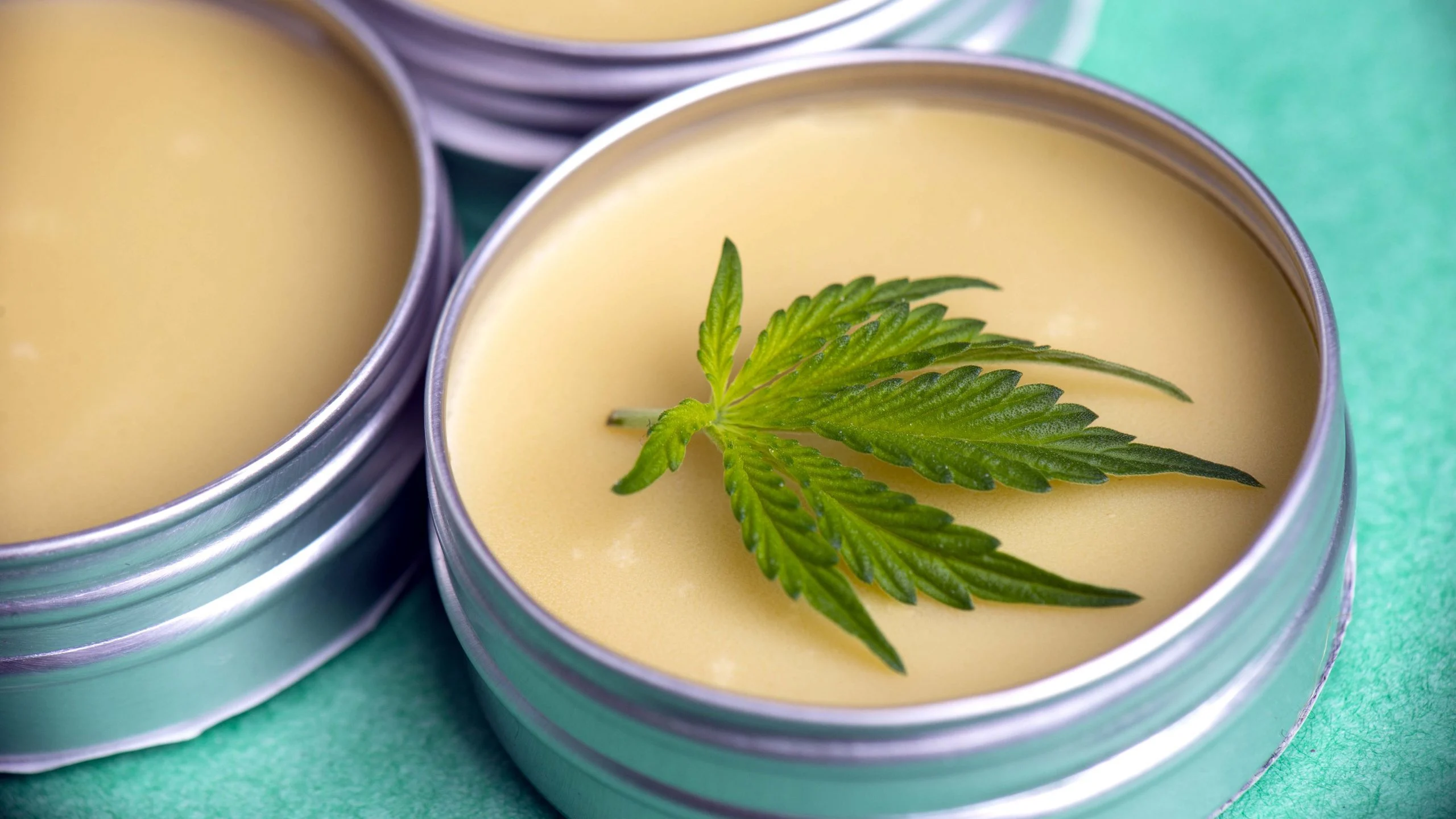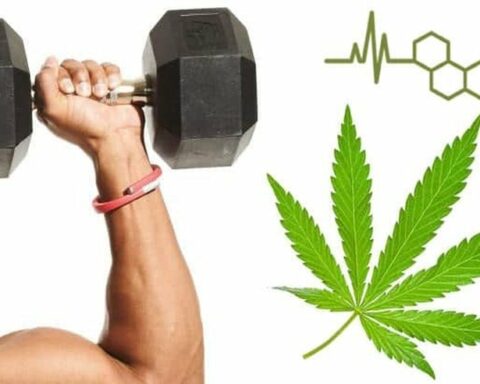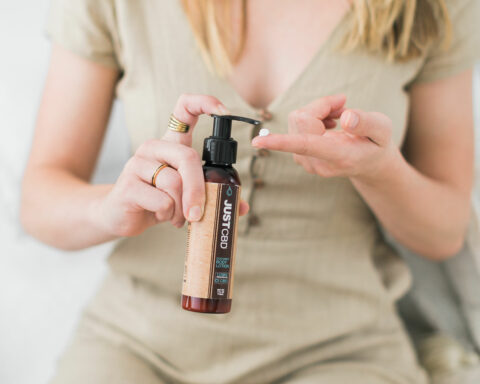Cannabidiol (CBD) topicals involve topicals infused with cannabidiol oil. Topical users reap cannabidiol benefits through their skin. Users respond to cannabidiol compounds uniquely. Beginners should start with a low potent CBD topical. However, slide here for more information.
Cannabidiol topicals are CBD-enriched products administered on your skin directly. Cannabis experts have become innovative by devising unique mechanisms for consumers to take their cannabidiol dose conveniently. The CBD-infused products have high demand as users report significant health benefits. Topicals are infused with cannabidiol, a nutrient-rich cannabis compound, to enable users to reap more benefits. The product is administered directly to the human body to allow CBD to infiltrate skin pores to generate the intended results. Like other products, enthusiasts inquire about the appropriate CBD topical amounts. The amount administered affects the product’s effectiveness; read this blog for more information.
WHAT ARE CANNABIDIOL TOPICALS?
According to Maghfour et al. (2021), cannabidiol topicals are CBD-concentrated products intended to be administered to your body directly. Cannabidiol topical examples include massage oils, lotions, body washes, bath bombs, and CBD creams. Unscrupulous topical products dominate the market, thus overwhelming consumers when choosing the appropriate option for their health cravings. Although CBD-infused topicals are accessible, they must contain cannabidiol oil. These unique topical treats enable customers to acquire cannabidiol oil benefits in multiple ways. You can reap cannabidiol benefits while using bathing bombs, enjoying the massage, or resting around your computer. Cannabidiol topical creams are manufactured by soaking cannabidiol oil in topical bases and mixing it with extra beneficial elements. Topical cannabidiol cream, a liquid viscosity product, can be replaced with regular moisturizers. Cannabidiol butter helps to seal in moisture, especially after washing. This maintains the skin rejuvenated and moisturized. The regular topical application prevents skin cracking and maintains smooth and young-like skin. According to Baron (2018), cannabidiol topical products have anti-inflammatory, anti-oxidative, antifungal, and antibacterial properties. The study above also showed that these qualities fight against skin-related disorders eczema and psoriasis. Consumers react to cannabidiol compounds differently; the experience and results are unique. Therefore, experts could not determine a standard amount that generates equal results amongst consumers. However, newcomers should start with low potent doses and increase gradually with time. Experienced users might use appropriate amounts according to their body response and nutrition requirements. CBD topicals instantly produce results as users administer on inflamed body parts. Invest in high-quality cannabidiol topical for effectiveness and potency.
HOW DOES TOPICAL CANNABIDIOL FUNCTION?
Skin covers the largest body part and constitutes approximately 15 percent of total human weight. It prevents your body from environmental and external hazards, including ultra-violet radiation, irritants, allergies, and microorganisms, by offering psycho-chemical impedance. Dussault (2017) proved that the body’s interior endocannabinoid system (ECS) controls human activities like appetite, mood, sleep, pain, hunger, fertilization, homeostasis, and immune system. This materializes through diverse protein cell neurotransmitters (receptors) present throughout the peripheral and central nervous systems. The system’s cannabinoid neurotransmitters are present in human skin. Cannabidiol and plant cannabinoids can work locally and systematically in victimized regions. Human skin constitutes numerous ECS cell neurotransmitters. According to Njoo (2015), cannabinoids function by attaching CB2 and CB1 protein cannabinoid receptors directly. Also, it produces different effects since it activates other skin and body receptors like GPR 18 and TRPV1 receptors. Endocannabinoids such as 2-AG and anandamide work in multiple human epidermis parts like sweat glands and hair follicles. Internal cannabinoids like phytocannabinoids and 2-AG control infinite skin roles by stimulating skin-related protein cell neurotransmitters. Moreover, since the skin absorbs all topical cannabidiol content, it does not penetrate the bloodstream and cannot cause highness effects.
USES OF TOPICAL CANNABIDIOL
According to Kalaba & Ware (2021), most consumers utilize cannabidiol creams to soothe joint and muscular skin discomforts. The study above also suggested that cannabidiol’s anti-inflammatory properties help decrease inflammation and pain related to inflammation in joints and muscles. Topical cannabidiol with appropriate dosage lowers discomfort. The highest potent cannabidiol lotions soothe arthritis joint pain best. Also, cannabidiol shows promising results in treating acne, eczema, and psoriasis. Khalegi (2020) established a connection between the body’s endocannabinoid system and psoriasis. The study above also proved that cannabidiol products treat psoriasis by interacting with the system. Cannabidiol’s anti-inflammatory properties address eczema. It clears eczema symptoms by reducing inflammation, restructuring the sensitive microorganism balance on your skin surface, and anchoring the skin’s defensive barricade. Cannabidiol might aid acne diagnosis by lowering sebum production on your skin. It interacts with sebaceous glands, the endogenous part that produces sebum. The interaction regulates the sebum synthesized amount, which lowers acne development chances. Burns, cuts, and wounds might be helped with topical cannabidiol. Antioxidant, antifungal, and antibacterial properties alleviate skin contaminants. Furthermore, they function with the endocannabinoid system to moderate skin repair and growth.
WHICH TOPICAL CANNABIDIOL IS APPROPRIATE?
The cannabis market contains infinite topical cannabidiol products. Knowing your proper product is essential before using them.
CBD LOTIONS
The normal body lotion is suitable for consumers preferring topicals having light consistency. They are excellent for larger parts that require attention like legs, hips, and back. Their lightweight recipe makes them suitable for tired hands hurting. In this regard, office individuals prioritize these products because cannabidiol-enriched lotions calm and loosen hand muscles after typing for prolonged hours.
CBD BALMS
Cannabidiol balms provide an excellent alternative for individuals who prefer highly consistent products. Frequent exercisers consider balms following their progressive efficacy. Users keep them in game bags for post and pre-workout utilization. They offer mental relaxation when rubbed into temples.
CBD PATCHES
Patches are outstanding products that have incredible health benefits. Every patch has a certain cannabis dose and works like other topical products. Patch fanatics report these topicals to function effectively for a long period. Most users pin patches and use their small parts simultaneously. This enables them to become thriftier while enjoying the cannabidiol experience.
CONCLUSION
Cannabidiol topicals provide an excellent method to appreciate localized soothing since their use targets certain areas like joints and muscles. They appropriate regular exercisers or individuals performing excess physical work. People massage cannabidiol topicals into their skin to enable CBD compounds to absorb into the skin to generate intended benefits. It interacts with the endocannabinoid system, specifically CB2 and CB1 cannabinoid neurotransmitters. Customers should not worry about highness effects since the compound does not penetrate the bloodstream. Full-spectrum CBD topicals have anti-inflammatory, antioxidant properties that prevent eczema, psoriasis, and acne. Consumers respond to cannabidiol products uniquely. Thus, beginners should start with low potent CBD topicals.
REFERENCES
Baron, E. P. (2018). Medicinal properties of cannabinoids, terpenes, and flavonoids in cannabis, and benefits in migraine, headache, and pain: an update on current evidence and cannabis science. Headache: The Journal of Head and Face Pain, 58(7), 1139-1186.
Dussault, D. (2017). Ganja yoga: A practical guide to conscious relaxation, soothing pain relief, and enlightened self-discovery. Hay House, Inc.
Kalaba, M., & Ware, M. A. (2021). Cannabinoid profiles in medical cannabis users: Effects of age, gender, symptoms, and duration of use. Cannabis and Cannabinoid Research.
Khaleghi, M. (2020). New arthritis foundation guidelines on CBD use could be the first of many more. Alternative therapies in health and medicine, 26, 8-11.
Maghfour, Rundle, Rietcheck, Dercon, Mamo, & Yardley (2021). Assessing the effects of topical cannabidiol in patients with atopic dermatitis. Dermatology online journal, 27(2).
Njoo, Agarwal, Lutz, & Kuner (2015). The cannabinoid receptor CB1 interacts with the WAVE1 complex and plays a role in neurons’ actin dynamics and structural plasticity. PLoS biology, 13(10), e100228.
- THCa Flower by Perfect Plant Markey - September 21, 2023
- Arches Audio Shares Their Secrets For Starting A Successful Podcast - July 7, 2023
- LookHealthyStore – The First Chinese Cosmetics Website - June 10, 2023









